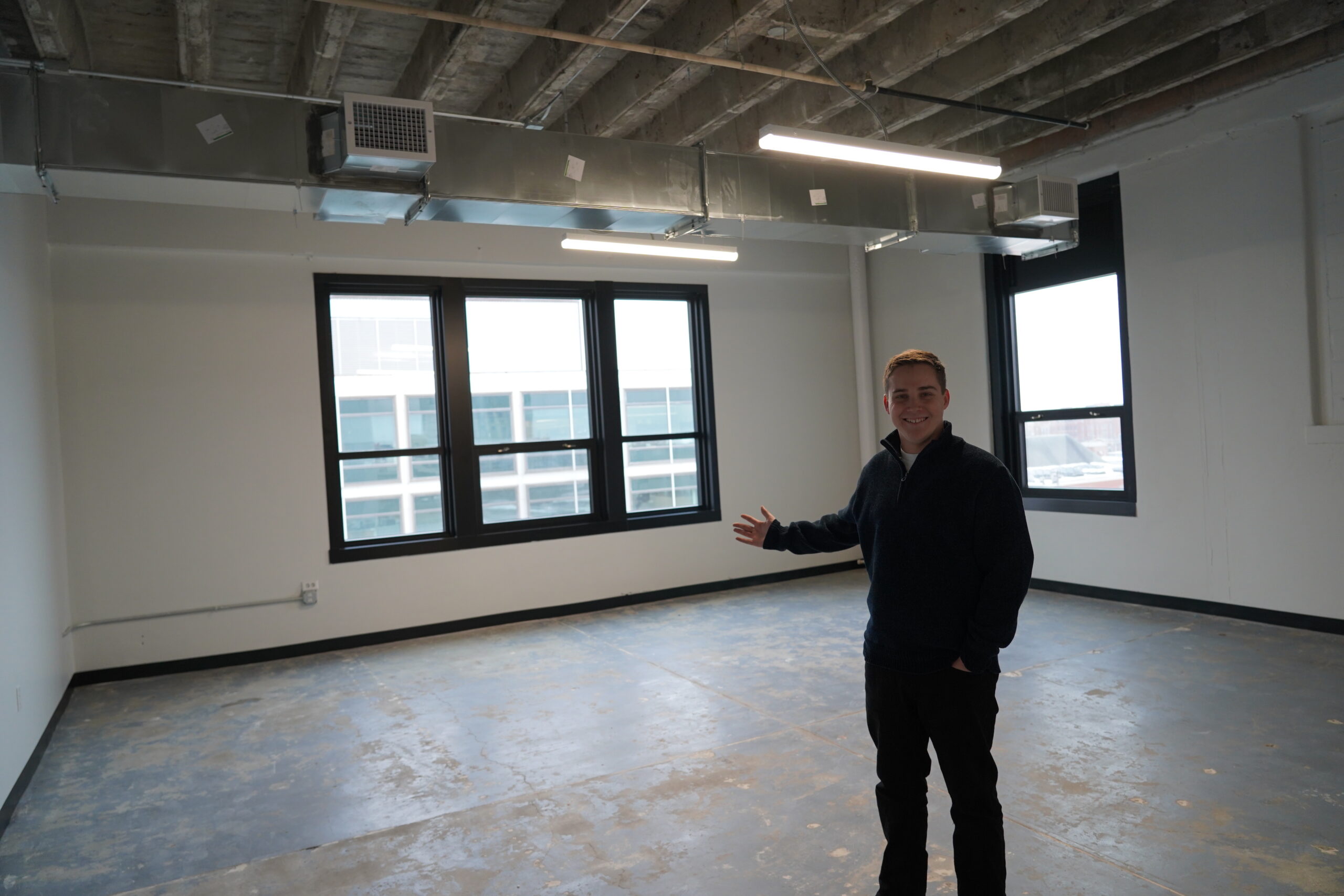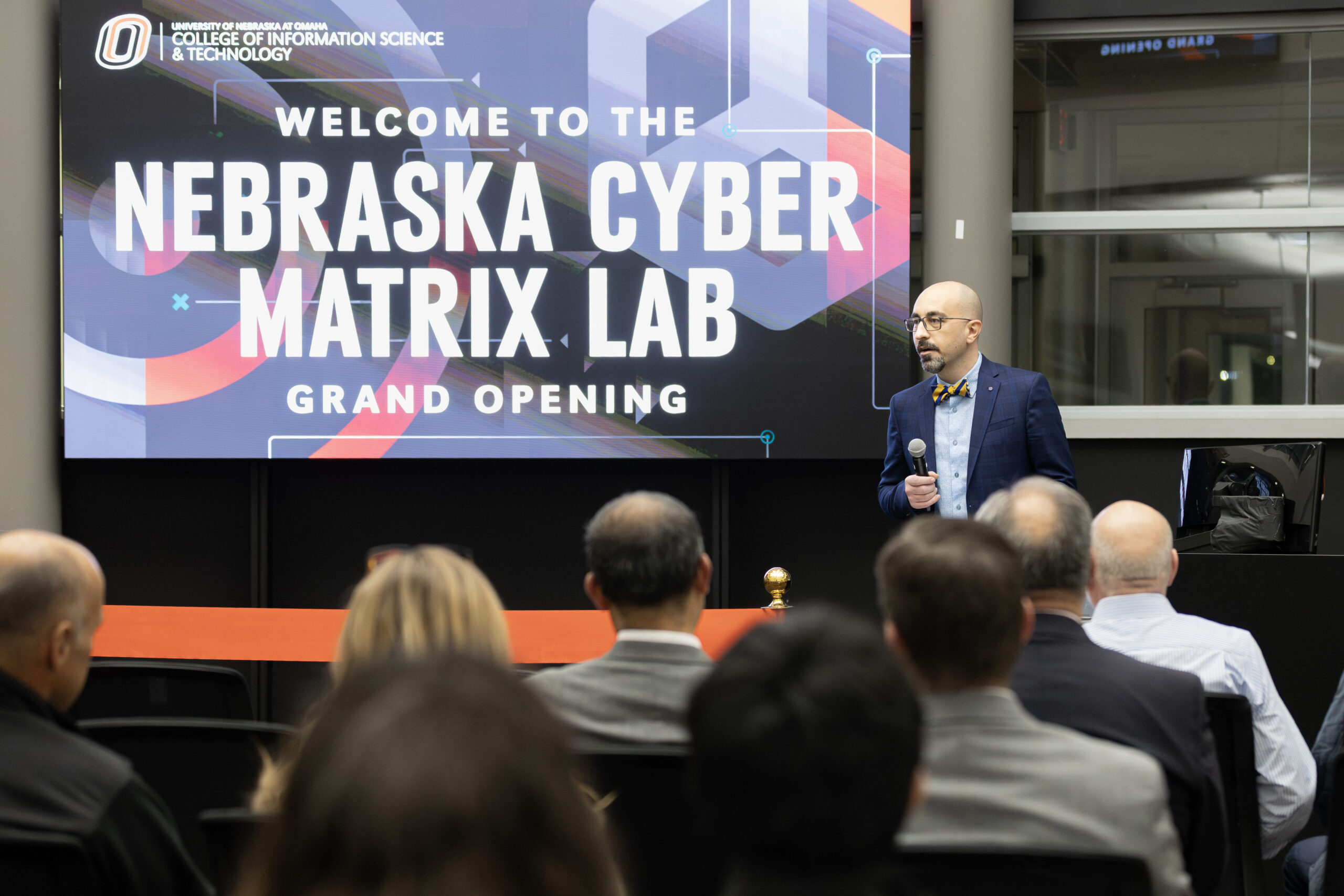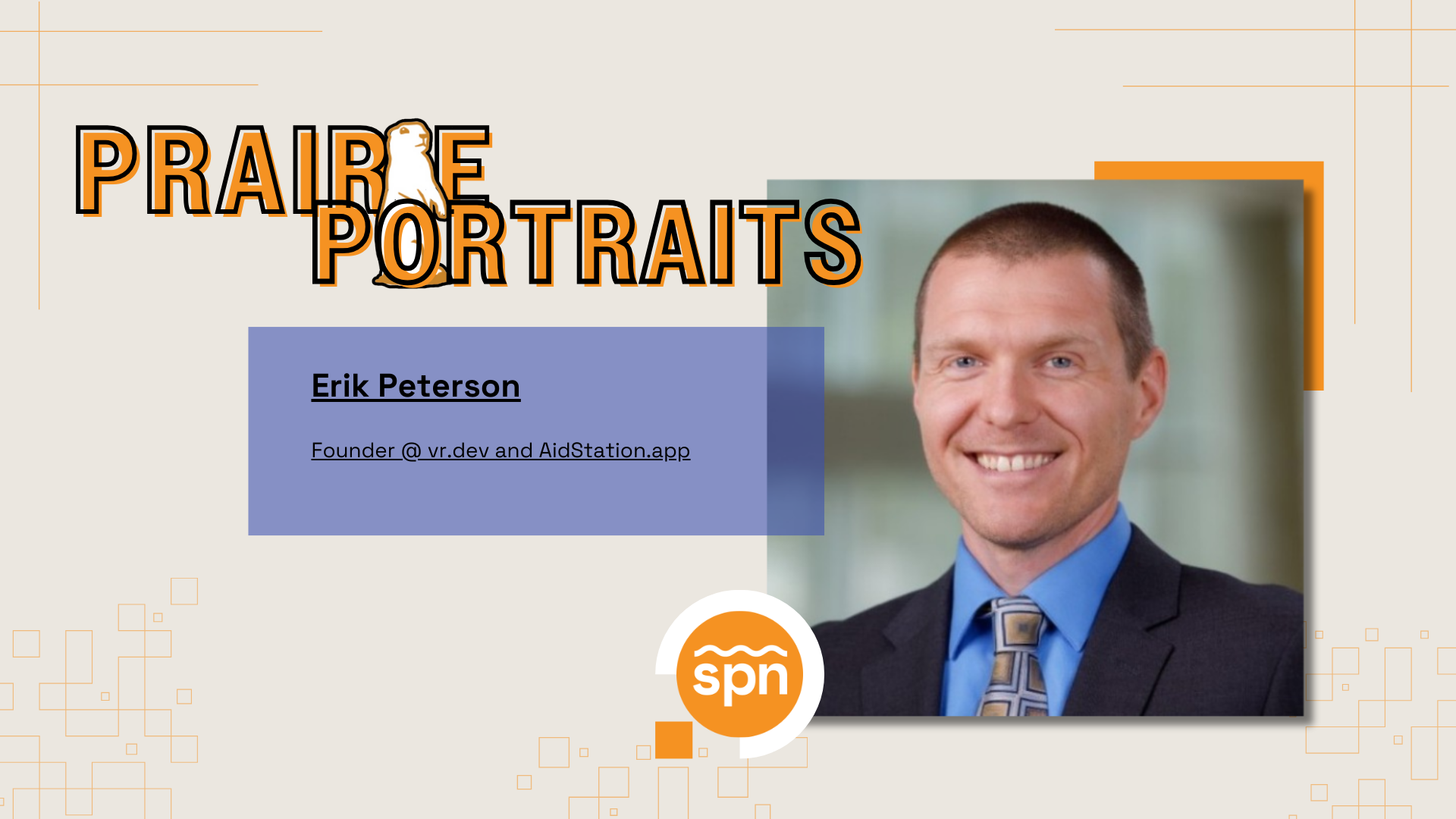After graduating with my design degree, I found myself in a pool with no water. Most opportunities I could find were out of my league or out of my area, while the ones that I qualified for were internships that paid in experience. Since I had chosen the design route to avoid the starving artist cliché, this meant my prospects outside of freelance work were slim. So, to support my love of not starving, I took a job at a call center for a large tech company.
Eight years later, despite good performance and promotion into a workforce management gig, I was burnt out. My creative drive was stuck in reverse. I was depressed, sleep-deprived.
And bored. Out. Of. My. Gourd.
When I applied for my first Agile role as a Scrum Product Owner, I knew nothing about Scrum, or Agile, or even project management. But I needed an out, desperately, and despite my lack of traditional experience, I knew I had a chance.
As long as I could get my foot in the door.
I used what I had—my experience as a freelancer, my voluntary special project work, my communication skills—and tailored it to the posting. I spoke to my enthusiasm to learn, my excitement around building new and amazing things, my love of problem-solving. I built my brand and sold the snot out of it.
And long story short, my gambit paid off—in more ways than I could ever anticipate. That simple Product Owner position began my career as an Agilist, but more importantly, it was a singular turning point in my life. It has not only shaped my professional career, but also what I’ve come to expect from employers, peers, clients and even myself.
That is the power of CREATIVITY & INGENUITY. And that is why our new Agile brand starts with them.
But first, let’s talk about TOOLS & TECHNIQUES.
The rebranding of PROCESSES & TOOLS may seem a bit nitpicky, until you realize that processes are techniques. They are procedural, established methods to move something from point A to point B. Putting them in our TECHNIQUES bucket not only removes the tech-only constraint but expands the useability and utility of the first Agile value to better support the larger body of Agile consumers.
TOOLS and TECHNIQUES (TTs) also harken to the world of project management, where fundamental methods are tailored to fit an existing project’s requirements. Experimenting and improving upon those fundamentals is right in line with our new brand. Not only that, but TTs also offer a sense of familiarity to those project managers with a more traditional background. Familiarity is attractive, and attraction is the first step in designing a successful user experience.
But once you’ve attracted your audience, how do you keep them engaged?
The library of available TTs is so vast that it can be overwhelming just trying to figure out where to start. There are hundreds of variations on TTs on the PMI website alone, all based on different interpretations, ranging from the very simple (e.g., a template for logging project issues) to the extremely complex (e.g., a full deck of graphs, macros and complicated equations to calculate the net monetary value of a project while taking risks, materials, time and human resources into account).
For a TT to be useful, it has to be relevant to the problem at hand. The more complex and specific a TT becomes, the more specific its results will be. This makes a TT very difficult to use outside of that particular scenario in which it was built, which means it becomes more difficult to adapt when change occurs. That is why the best TTs are simple, concise and easily adaptable.
And that is why our first Agile value is CREATIVITY & INGENUITY over TOOLS & TECHNIQUES. Agile is not a prescriptive method. It is a way of thinking. It doesn’t matter if the tool’s a spanner or a screwdriver as long as it turns that screw. It doesn’t matter if you use Jira, or Asana, or DevOps, as long as you get the work done. Use the TTs you know and tailor them to fit the problem at hand. If you find that a TT is failing you, replace it. Do research. Find others with similar problems and see what they did to solve them. Try something new. Experiment until something clicks. It may take time, but that’s time well-invested. And the more you invest in your own brand of Agile, the more you and your team will get out of it.
In my next article, I’ll make the case for updated value #2: MEASURABLE PROGRESS over DETAILED GOALS & EXPECTATIONS. That design degree’s proving useful after all!
—
Emily Truax wanted to be a dragon when she grew up. Still does, but hoarding doesn’t pay the bills.
In her adulting life, she is a technical project manager with a decade of experience in Agile methodology. She holds her PMP and PMI-ACP from PMI, and her CSP-SM and CAL-E/T/O from Scrum Alliance. In her creative life, she is a freelance artist, designer, writer and sometimes-musician.
Emily lives in Omaha with her partner, Mike, and many houseplants.



